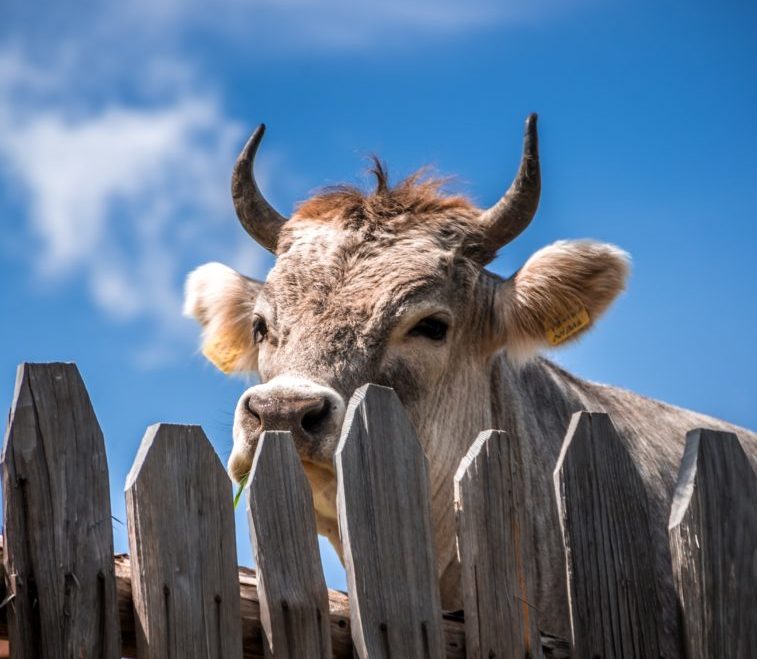
Have you herd the one about the Internet of Cows (IoC)? No, we won’t pull the udder one. Because although it’s tempting to milk the opportunity for bovine puns, we won’t make that misteak; there is real innovation happening in the IoC pasture.
Dutch tech company Connecterra is one of several companies putting the Internet of Things to work in agriculture. It has designed a sensor-packed necklace for cows that comes with a companion app (not for the cow unfortunately).
Niels Molenaar of Connecterra commented on their site that: “Cows have a fairly standard behaviour, so from our behavioral data, farmers can fairly accurately assess what is going on. For example, farmers can set up the app so that the system gives a signal if a cow has a sore leg.”
“Walking behaviour, eating behaviour, staggering, ruminating behaviour. If a cow is very active, chances are that the animal is draughty, but you can also see the behaviour of the cow if she is ill,” he added.
The data is send back to a base station located on the farm, this station then uploads to the cloud. It has the capability to process thousands of concurrent sensors.
While the collar itself has only a range of 1Km the system is designed so that farmers can set up remote field access points to help increases coverage across farms of larger scale.
Advanced Animal Diagnostics
“Point of care for us is point of cow.”

Commented Joy Parr Drach, CEO of Advanced Animal Diagnostics (AAD) in a blog post.
North Carolina (NC) based AAD has designed a portable dairy testing device which can monitor elevated white blood cells in livestock and act as a gauge in the detection of mastitis, which causes inflammation of the udders.
Rudy Rodriguez, chief scientific officer at AAD stated in a blog that: “By counting, measuring and assessing the ‘first responders’ of the cow’s immune system, it is possible to more accurately detect infection.”
“Composite milk samples can blend away subclinical mastitis hiding in a quarter, but QScout MLD looks at each quarter individually for elevated neutrophil levels that signal infection,” he added.
AAD’s processes the test through it servers which are running on NVIDIA GPU’s.
 SomaDetect
SomaDetect
Canadian based SomaDetect uses deep neural networks to construct algorithms that will pour through collected milk data to predict the presence and concentrations of major compounds in raw milk.
Data is collected via an optical sensor that utilises light scattering technology.
This essentially works by sending a beam of light through a liquid, in this case milk, as it passes through the liquid some of the beam is absorbed by particles in the milk and some are bounced or scattered.
Different particles have different compositions so the light reacts differently creating a finger print for that particle.
SomaDetect has used thousands of collected samples to build algorithms that let them measure protein, Fat content, trace antibiotics and progesterone.
Understanding these levels allows farmers to predict the health of the herd and potential illnesses with greater accuracy.

 SomaDetect
SomaDetect




